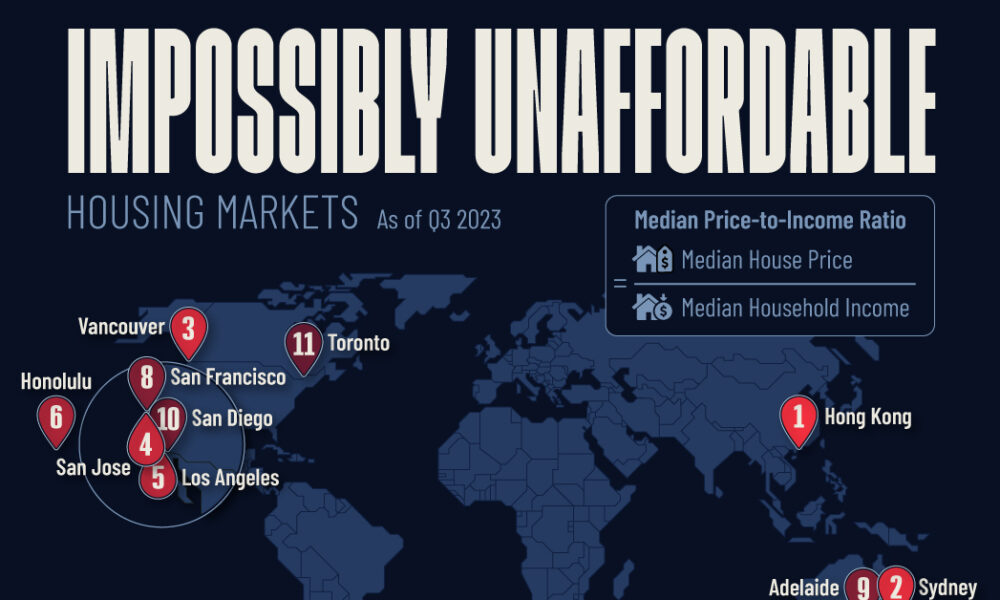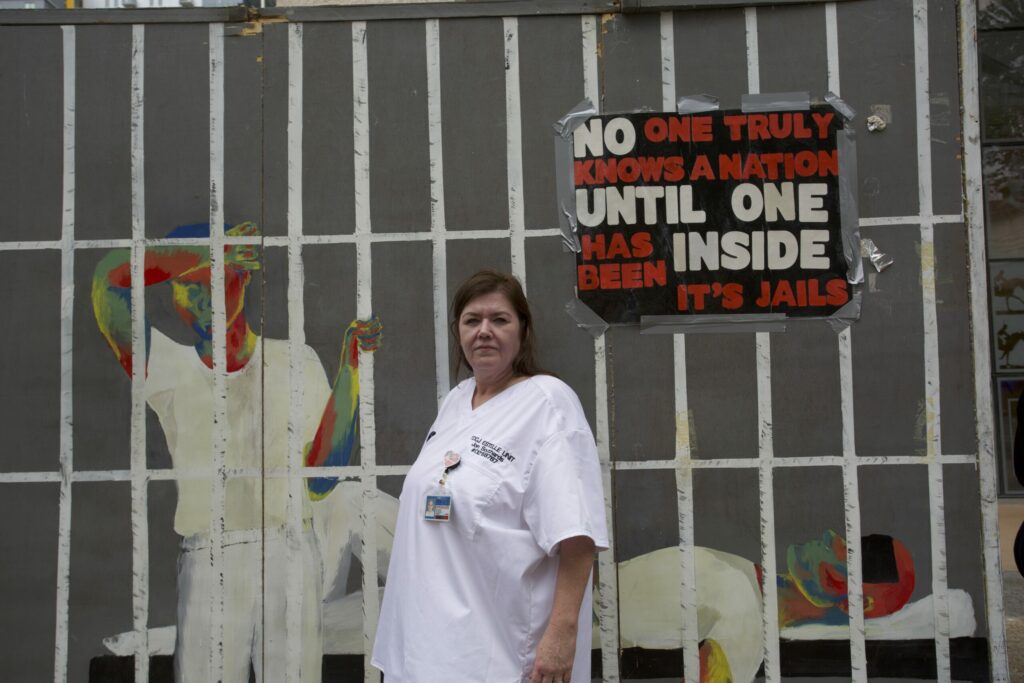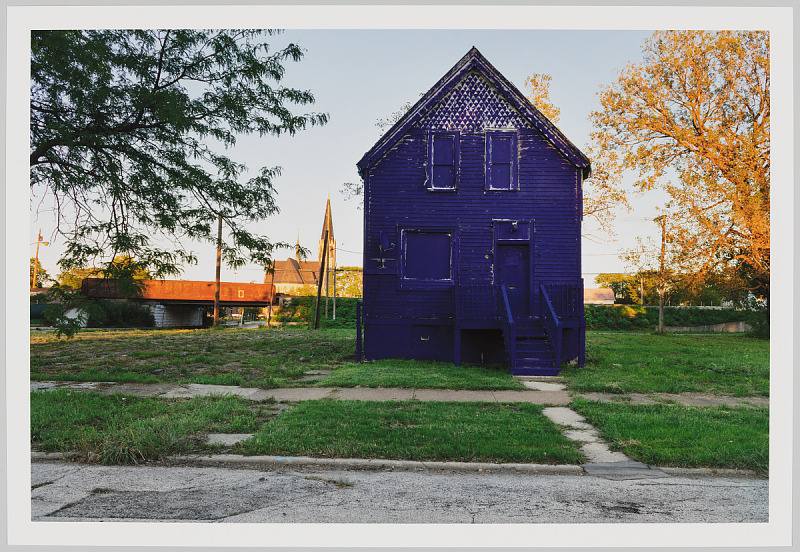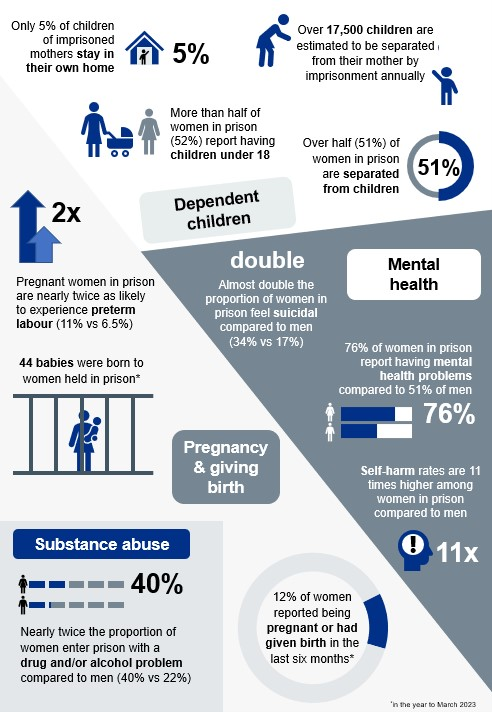
Like most cities, Vancouver is an expensive place to live in. Located in British Columbia, Vancouver is the third largest metro area in Canada. According to a recent report, Vancouver is also the third least affordable housing market in the world, after Hong Kong and Sydney, Australia. For each of the last 16 years, Vancouver has been the first, second or third least affordable major market. That’s some distinction. According to the report, Vancouver’s housing market is “impossibly unaffordable”. Impossibly … and in fact.
What happens in Vancouver does not stay in Vancouver: “Troublingly, impossibly unaffordable housing in the Vancouver market has also has spread to smaller BC markets in British Columbia …. From 2015 to 2023, housing affordability worsened by the equivalent of 2.5 years of median household income in smaller markets outside Vancouver, an even greater loss than the 1.2 years in the Vancouver market itself.” Troubling, indeed.
An equally recent report from British Columbia’s Office of the Human Rights Commissioner, noted the depth, breadth and centrality of the impossibly unaffordable housing crisis: “The collision of market forces with inadequate social supports has pushed thousands of B.C. residents into homelessness and left many more on the brink.” Unsurprisingly, homelessness and severe housing insecurity target women and children, Indigenous people, people of color, people living with disabilities, low-income people. According to the Commissioner, “In our research unaffordable, inaccessible and inappropriate housing quickly and unsurprisingly rose to the top of the human rights issues facing British Columbians.” Unsurprisingly.
Another unsurprising report, from BC Housing, the provincial housing agency, considers the workings of two public agencies, Shelter Aid for Elderly Renters Program, SAFER, and the Rental Assistance Program. SAFER launched in 1977, the Rental Assistance Program started in 2006. The report found that both programs have done a fairly decent job until recently, but rapidly rising rents have threatened that success: “While SAFER and RAP help to make housing more affordable, a significant affordability gap for many SAFER and RAP recipients exists. …. Recipients of both programs are in danger of entering into homelessness or seeking affordable options that may result in living in unsuitable or unsafe housing should rents continue to increase …. The impact of these programs has declined over time as housing costs have increased dramatically across the province.”
Vancouver is impossibly unaffordable; unaffordable, inaccessible and inappropriate housing is the key human rights issue; and previously fairly successful assistance programs are now endangered, all thanks to rapidly rising rents. What is to be done? While all the authors of all the reports are committed to housing justice, to equal access to safe and dignified housing as a human right, they also all fall prey to the Great Market Forces Fallacy. Consider this statement, from the last report’s conclusion: “There is no doubt that both SAFER and RAP are helping to achieve greater affordability for many recipients …. However, the rent ceilings and the lack of indexing to inflation or market changes was readily identified by all as a barrier to affordability. For some, the lack of change in benefits has resulted in them being priced out of the rental market in their desired community. It has also limited their ability to move out of less desirable housing. The stress of possible evictions is high due to the inability of the benefit to adequately contribute to new rents should the household be required to move.” Clearly and unsurprisingly, recipients need subsidies to match rising rents. But then what? Rents are not rising because of inflation. Rents are rising because landlords, increasingly corporate landlords, are able and more than willing to raise rents precipitously. As long as homes are part of a “real estate market”, as long as public and social housing in considered an afterthought, as long as landlords are lords of the land, rents will continue to rise … rapidly.
In the late 1880s, looking around at the ways in which the new urban real estate market was carving up Manchester, Friedrich Engels noted, “The English bourgeoisie is charitable out of self-interest; it gives nothing outright, but regards its gifts as a business matter, makes a bargain with the poor, saying: `If I spend this much upon benevolent institutions, I thereby purchase the right not to be troubled any further, and you are bound thereby to stay in your dusky holes and not to irritate my tender nerves by exposing your misery. You shall despair as before, but you shall despair unseen, this I require, this I purchase with my subscription of twenty pounds for the infirmary!’” The barrier to affordability is not inflation nor market changes. It’s the unchanging cruelty of the market itself, unsurprisingly, impossibly, troublingly, and everyday.
(By Dan Moshenberg)
(Image Credit: Visual Capitalist)








